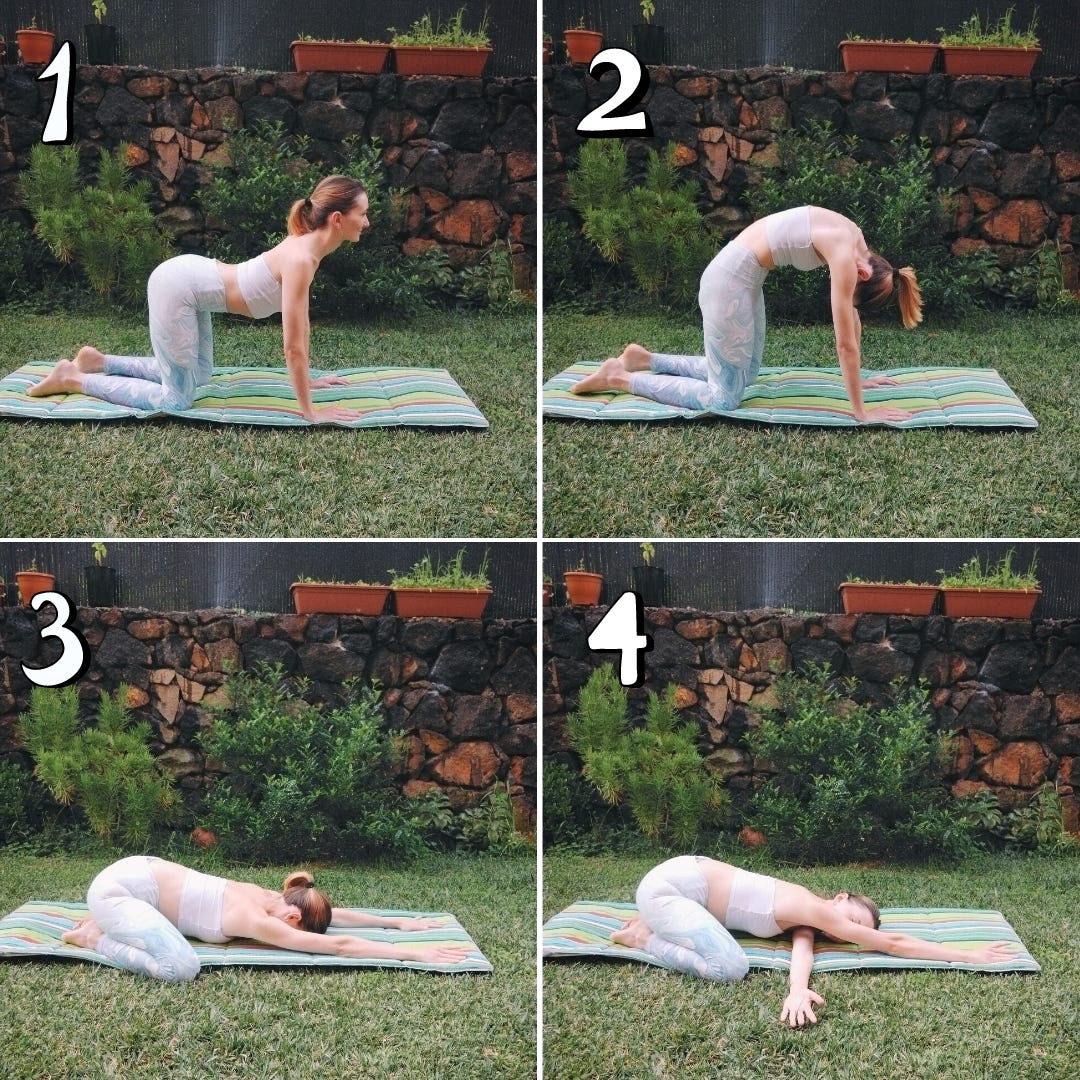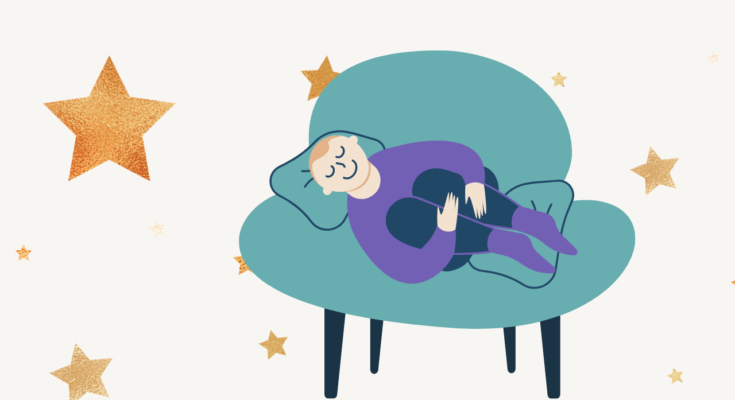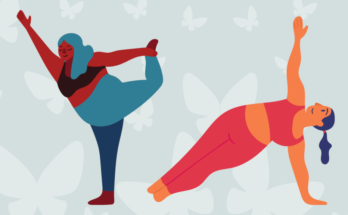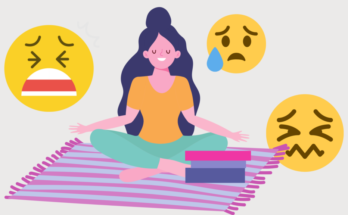Scroll to the Bottom of this Page to get my Freebies
A Digital Library of Downloadables
- Yoga Routines
- Cheat Sheets
- E-Books
✅ Fact Checked
🧘 If you only got 30 seconds:
Humans are weird creatures: we’re actively looking for a magic pill to make us smarter, more productive, and energized, at the same time neglecting the simplest and most effective tool to stay healthy – sleep.
Let’s explore:
- why nobody can’t afford to “sleep when you’re dead” if they want to stay healthy
- why society is wrong about “lazy napping”
- how to know if your body and brain need more sleep
- a simple and quick yoga practice to get a better shut-eye.

1/3 Want To Get Better At Life? Here’s The One Thing You Need To Do
Sleep is the Swiss army knife of health and wellness. There’s no major organ within the body or process within the brain that isn’t enhanced by sleep and impaired when we don’t get enough.
Scientists have discovered a revolutionary new treatment that makes you live longer. It enhances your memory and makes you more creative. It makes you look more attractive. It keeps you slim and lowers food cravings. It protects you from cancer and dementia. It wards off colds and the flu. It lowers your risk of heart attacks and stroke, not to mention diabetes. You’ll even feel happier, less depressed, and less anxious. Are you interested?
Matthew Walker from the book Why We Sleep
You don’t have to lose a whole night of sleep to feel the devastating consequences of sleep deprivation.
Studies show that losing even an hour or two of sleep every night, which might not seem like much, puts you at risk of cancer, heart disease, Alzheimer’s, and diabetes.
Matthew Walker, a professor of neuroscience, reveals the sad consequences of undersleeping in his book Why We Sleep:
- Driving drowsy is as dangerous as driving drunk.
- The less you sleep, the more susceptible you are to pain.
- Losing sleep makes you 45% more at risk of getting or dying from cardiovascular disease.
- You’re likely to eat about 300 calories more than usual after a night of inadequate sleep.
- Losing just one hour of sleep during the switch to daylight savings time in March causes a spike in heart attacks the following day.
- You can’t sleep later to compensate for a sleepless night. In fact, the harm from losing sleep once can still be measured a year later.
The loss of sleep affects our nervous system, putting our body into a fight-or-flight response even after the state of sleep deficiency ends. This triggers a domino effect, where sleep deprivation causes damage throughout the entire body.

The reason?
According to Matthew Walker, we’re not sleeping the way nature intended us to.
Most of us sleep in a monophasic pattern — taking a long bout of slumber at night (often less than 7 hours).
At the same time, tribes untouched by modernity and electricity practice biphasic pattern. These tribespeople would go to bed around 9 p.m. and wake up somewhere around dawn. By the way, that’s where the meaning of the word “midnight” comes from – the middle of the night.
Then, they would follow their night sleep with a thirty-to sixty-minute afternoon nap – a so-called siesta still practiced in some South American and European countries.
When Greece tried to get rid of the siesta practice, and researchers decided to quantify the results of this change, the findings were tragic. Abandoning napping increased the mortality risk of working men by 60% and the risk of death from heart disease in healthy men and women by 37%.
Sleep deprivation is not always straightforward. You might be undersleeping without even realizing it.

So how do you know you’re getting enough sleep?
Matthew Walker suggests answering a few simple self-diagnosing questions:
- After waking up in the morning, could you fall back asleep at ten or eleven a.m.?
- Do you need caffeine to function before noon?
- If you didn’t set an alarm clock, would you sleep past that time?
- Do you find yourself at your computer screen reading and then rereading (and perhaps rereading again) the same sentence?
- Do you sometimes forget what color the last few traffic lights were while driving?
If the answer is “yes” to at least one of the questions, you’re likely not getting sufficient sleep quantity and/or quality.
My Favorite Yoga Gear Essentials
I’m picky about my yoga gear
I’m ready to blow some cash on high-quality ethically-made items that are eco-friendly and built to last 🌱 It supports my efforts for sustainable yoga practice and lifestyle.
2/3 The Best Yoga Pose For Night Time
You probably wouldn’t go for a run or lift heavy weights late in the evening.
Similarly, rather than indulging in a stimulating yoga practice that builds strength, try easing into your night with restful slow-paced yoga with lots of grounding postures and a strong focus on the breath.
This Child’s pose variation releases physical tension in the areas that suffer most from a long day of sitting – hips and upper back, while you’re working on steadying the mind.
Here’s a useful cheat sheet on the Child’s pose with Tread The Needle Variation.

3/3 5-Min Bedtime Yoga Routine To Sleep Better
Yoga before bed kills two birds with one stone:
- helps you switch into parasympathetic mode and wind down to fall asleep faster
- helps you avoid screentime that might disrupt your sleep.
This night, I encourage you to try this super-simple and quick 5-min evening yoga routine to cultivate good sleep hygiene practices. Check out the detailed how-to instructions below. 👇

Step 1-2. Cat-Cow
- Start in a tabletop position on your hands and knees.
- Make sure your shoulders are stacked directly over your wrists, and your knees are under your hips. Keep your spine neutral and gaze at the floor.
- Inhale, drop the belly and lift your chest and tailbone, creating a U-shape in your spine. Gaze up without cranking your neck (Cow Pose).
- Exhale, contract your abdominals, round your spine, and gently tuck your chin to the chest, reversing the curve of the spine (Cat Pose).
- In case of wrist pain, do the pose on your forearms.
- Repeat 5-20 times.
Step 3. Extended Child’s Pose
- Return to neutral tabletop position.
- Draw your big toes together and widen your knees and thighs to the outer edges of your mat.
- On an exhale send your sit bones back to your heels and lay your torso between the thighs until your forehead touches the ground.
- Keep your arms extended forward, palms face down, for an opening in your shoulders.
- Lengthen from the hips to the armpits and reach forward through the fingertips.
- If you have a hard time sitting on your heels, place a thin bolster, a cushion or a rolled yoga blanket between the calves and the back of the thighs.
- Hold for about three breaths.
Step 4. Extended Child’s Pose With Thread The Needle
- While in Child’s Pose, slide your left arm underneath the right, palm facing up.
- Turn your head and gaze to the right.
- Relax your whole body and breathe.
- Hold for at least three breaths and switch sides.
Have you tried the flow? Let me know in the comments below!
Source link




